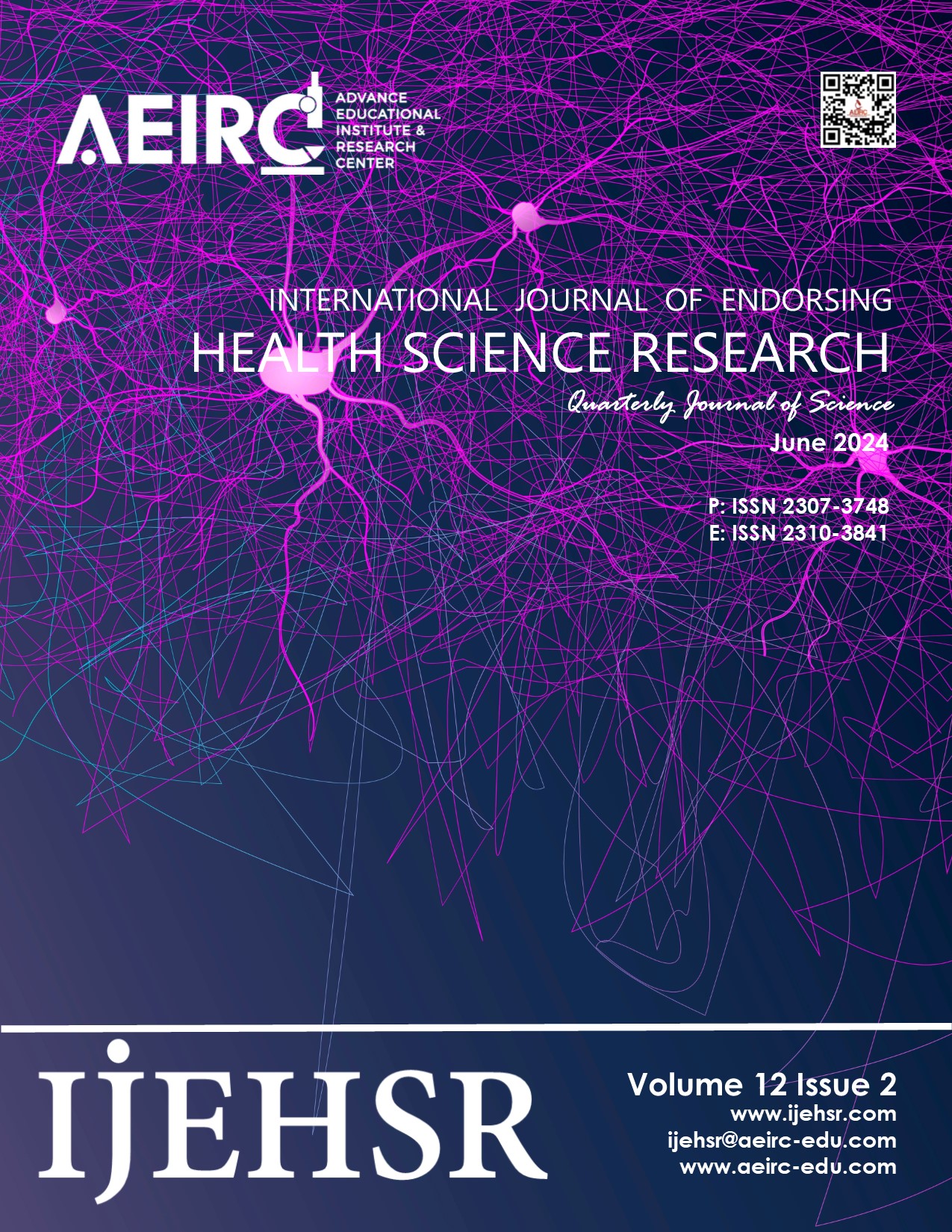Enhancing Hypertension Diagnosis and Management Knowledge among General Practitioners in Pakistan: Evaluating the Impact of the Train the Trainer (TTT) Initiative.
DOI:
https://doi.org/10.29052/IJEHSR.v12.i2.2024.116-120Keywords:
Hypertension, Train the Trainer, Educational Intervention, General Practitioners, Diagnosis, Healthcare OutcomesAbstract
Background: In Pakistan hypertension often coexists with illnesses such, as diabetes mellitus, cardiovascular disease and chronic kidney disease. This underscores the need for updated research to accurately represent how hypertension is diagnosed and managed. This study aims to assess the effectiveness of the Train the Trainer (TTT) program, an initiative in enhancing practitioners understanding of hypertension diagnosis and management.
Methodology: The TTT initiative will comprise workshops featuring audio-visual presentations on "Hypertension Essentials: A Comprehensive Guide/Course on Hypertension Management," facilitated by expert cardiologists. Certified cardiologists will serve as trainers, responsible for further educating general practitioners at home stations through subsequent training sessions. Pre- and post-workshop knowledge assessments will be conducted using a questionnaire regarding hypertension diagnosis and management.
Discussion: The study anticipates improved patient care by enhancing general practitioners' knowledge of hypertension diagnosis and management, potentially reducing morbidity and mortality associated with hypertension and cardiovascular diseases.
Downloads
Published
How to Cite
Issue
Section
License
Copyright (c) 2024 The Author(s)

This work is licensed under a Creative Commons Attribution 4.0 International License.







